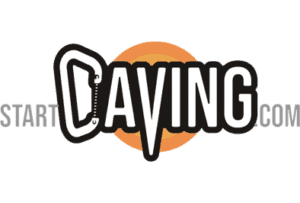A few days ago my friend asked me if all caves are underground, I slowly replied with a “yes…”. It may sound funny, but I actually had to call him the next day to correct myself. This is what I said.
Not all caves are underground, glacier caves, also referred to as ice caves, are surrounded by ice, not ground. A defining aspect of a cave is that it’s a natural underground chamber, but glacial caves are exceptions. Flowing water melts the glacier from the inside, which can create vast caves.
Underground caves that have ice formations inside them are also called ice caves, but are not the same as glacier caves. Even though you’ll be surrounded by ice, behind that ice is rock and the same applies to the ceiling.
Whether it’s in a mountain top, or formed by flowing lava, all caves are underground except for glacier caves. Solutional caves form when acidic water dissolves soluble rock and, with gravity’s help, it always moves underground.
Sea caves are opened by crashing waves that slowly erode the side of the cliff or ground. These caves also lead underground because the water can’t reach the top of the terrain and moves downwards with gravity.
So glacier caves are the only caves that are under ice and not ground. That makes them unique. It’s like stepping into a cave in another dimension. Almost as if a normal cave had been instantly frozen in time.
If you’re ready to get started caving, be sure to read my Beginners Guide and check out my recommended gear section.
What Are Glacier Caves?
Glacier caves constantly change as water flows through them. Sometimes water flows on bedrock below a glacier to form a glacier cave. They also take form as water melts and flows through a channel from the top, or straight through the bottom. The air that gets into these cavities promote melting to make the cave even bigger. Glacier caves also occur when heat escapes from the earth through volcanic vents and melts through the glacier.
A glacier cave can look very different from one day to another, and you should never explore these types of caves without a qualified guide.
Glacier caves often have a magnificent blue color as the light outside shines into them. Water drips down from the ceiling in glacier caves as the ice melts from the ceiling. Other debris, like rocks, also falls out of the melting ice and a caving helmet is required in glacier caves just as much as inside any other cave.
Most glacier caves are found in Iceland and are only accessible between October and March for safety reasons. These caves are too unstable during the rest of the year and are subject to fail at any time. Access to these types of caves also depends on the weather and officials can cancel the trip at any time should they feel it’s unsafe for exploration.
Glacier caves have more risks involved than underground caves. This is because the chance of hypothermia is higher in glacier caves. The chance of slipping is higher on ice. You could fall through thin ice into freezing water. There’s a higher chance of flooding. For these reasons and more, you always need to have a guided tour and explore these types of caves in winter only. You also need to ensure that you have the right type of boots to grip into the icy conditions.
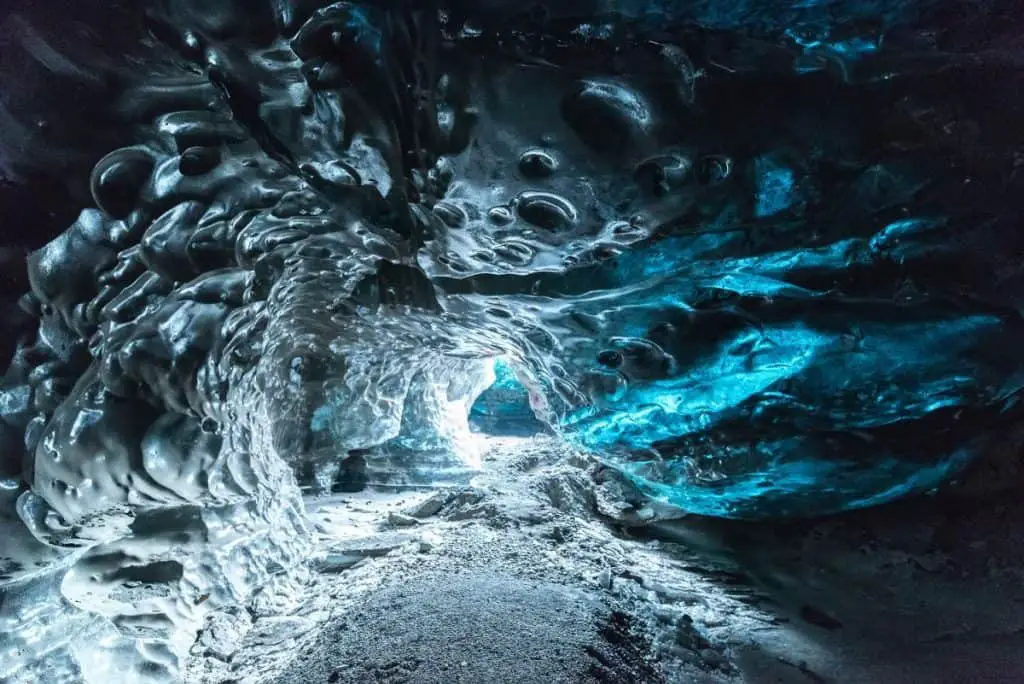
What Are Ice Caves?
Ice caves are caves that have ice inside them all year long. So ice caves are not formed by water flowing through glaciers. Ice caves form after soluble rock has been dissolved and ice forms inside the cavity afterwards.
Ice caves also form in cold climates where lava has created tunnels through the ground. After the lava has passed, ice forms on the walls and ceiling. If the ice is present all year round, it’s correctly referred to as an ice cave. If the ice melts during the summer, it doesn’t qualify as an ice cave.
Wind currents that flow through caves are cold and moist enough to ice up on the walls and ceiling. Icicles form as wind and moisture pass through. Some caves turn into ice caves when they trap cold air inside and don’t allow warm air in. This happens because cold air flows down into the cave, leaving no space for warmer air. Hot air in the summer can’t drop into the cave because it’s too light, and the cold air inside can’t rise out of the cave because it’s too heavy, this is also known as a cold trap.
In the US, you can find ice caves at Craters of the Moon National Monument in Idaho and Sunset Crater National Monument in Arizona.
Where To Find Glacier Caves
You can find glacier caves in the US, Iceland, Russia, Slovakia, Austria, Switzerland, Canada, and other countries where freezing temperatures occur.
Switzerland has amazing ice caves like the Ice Grotto of Mittelallalin and the Gorner Glacier.
Kamchatka’s Ice Cave is a stunning cave in Russia that’s surrounded by volcanic activity. This cave shows off a range of colors during the day.
Dobšinská Ice Cave in Dobšiná, Slovakia has ice structures that are over 26 meters in thickness, making it one of the most notable ice caves in the world.
Eisriesenwelt in Werfen, Austria, is the longest glacial cave on earth, making it one of the most visited caves as well.
Mýrdalsjökull Glacier Ice Cave in Iceland has an active volcano underneath it. It’s still open to tourists though, as the volcano is monitored carefully.
The Big Four Ice Caves in Mount Rainier, USA, is a very popular attraction. There are many other caves covered in ice in the area.
The Booming Ice Chasm in Canada is a highly transparent glacial cave that also features amazing acoustics.
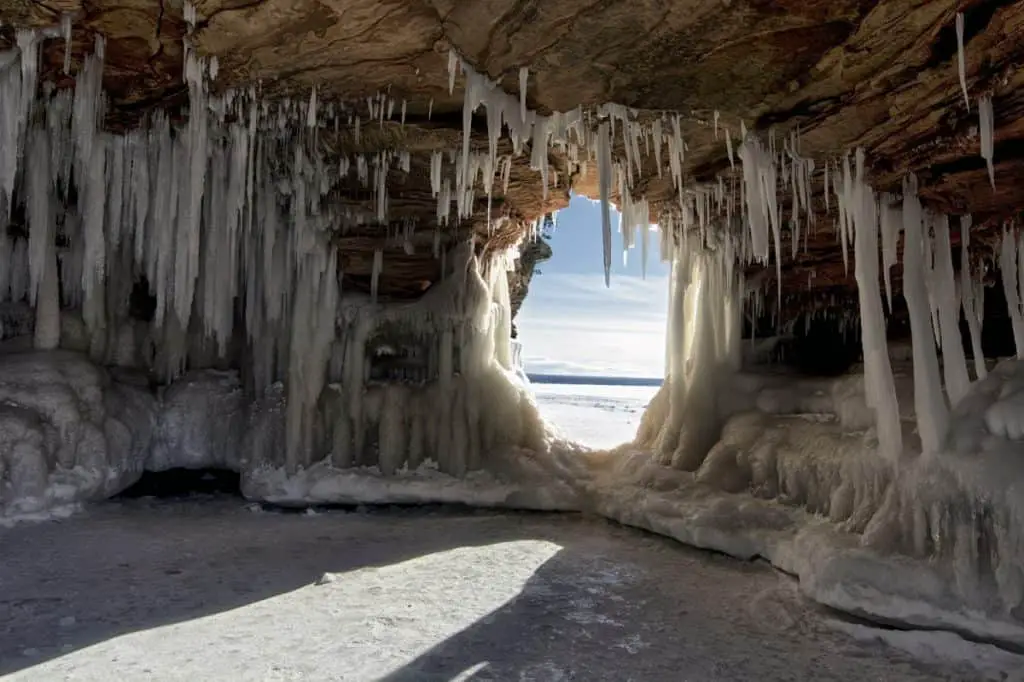
How Deep Are Glacier Caves?
Glacial caves can reach all the way to the bottom of the glacier, which could be up to 1,500 meters in some instances. Of course, the only limitation to the depth of a glacial cave is the depth of the glacier itself. This makes glacial caves part of the shallowest caves on earth because the ground goes so much deeper than glaciers.
How Deep Are Ice Caves?
Ice caves can reach over a hundred meters in depth in the coldest parts of the earth. But the ice doesn’t go much deeper than that because of the geothermal heat that increases the deeper you go.
What Are Talus Caves?
Talus caves form when massive rocks fall onto uneven terrain, especially in the mountains. When rocks fall in this way, they naturally create ceilings above the spaces where they settle. These rock piles are referred to as caves if there’s an opening big enough for someone to get through.
Talus caves are usually small, unstable, and not safe to explore. Some talus caves can stretch for miles, but it’s rare. Talus caves are still underground caves because the rocks that form the ceiling are part of the materials that make up the ground.
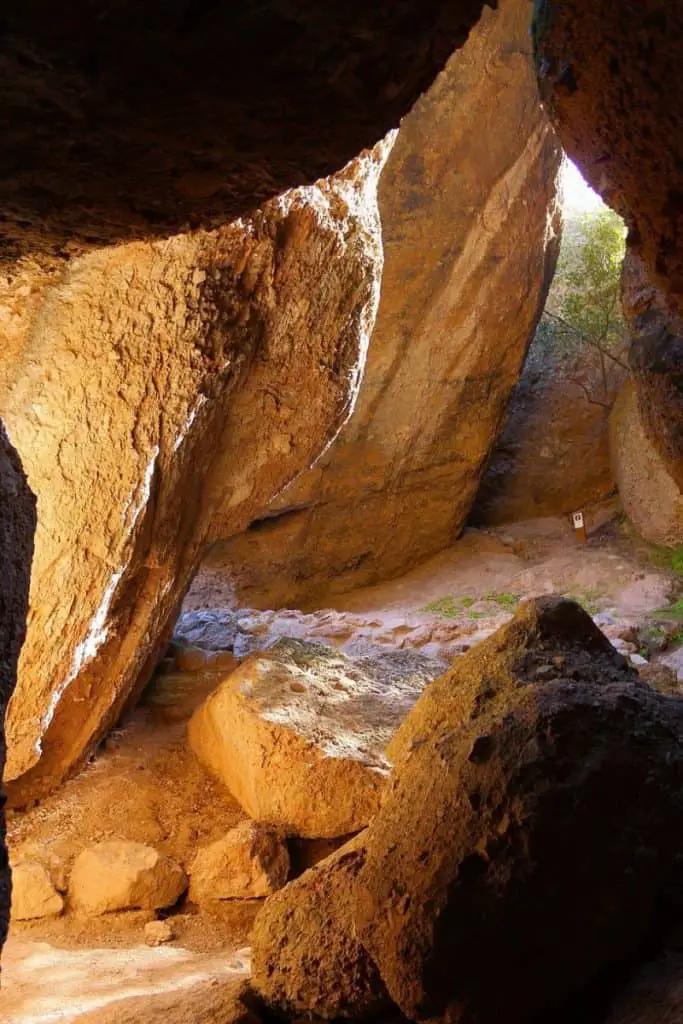
In Summary
Not all caves are underground. Glacial caves are the biggest examples of caves that aren’t underground. You could argue that Talus caves don’t have ground above them because they’re formed by rocks, but that can be for you to decide.
Even though ice caves are surrounded by ice on the inside, ground surrounds them on the outside. So glacial caves are like no other caves, and if you haven’t made the trip to explore any of them, schedule it in. The experience of exploring these caves is unique and the light that comes through the ice offers more opportunities for amazing photos and video.
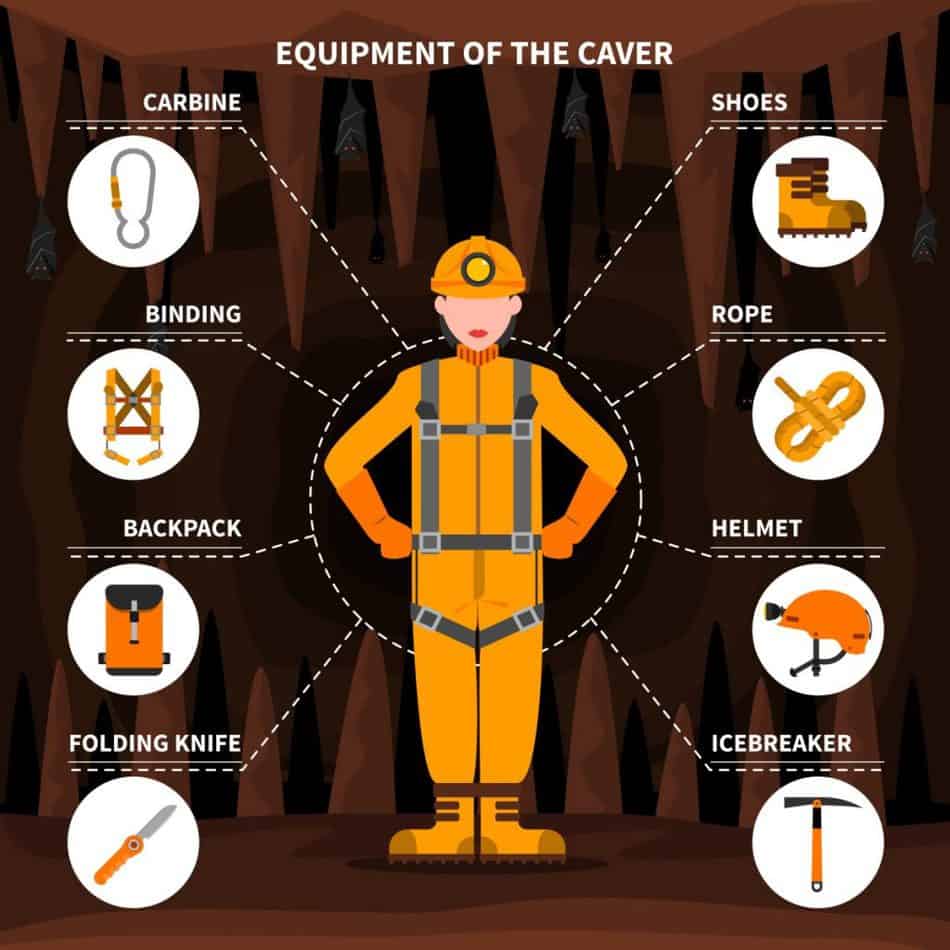
When you’re ready to get started caving, be sure to read my Beginners Guide and check out my recommended gear section.
